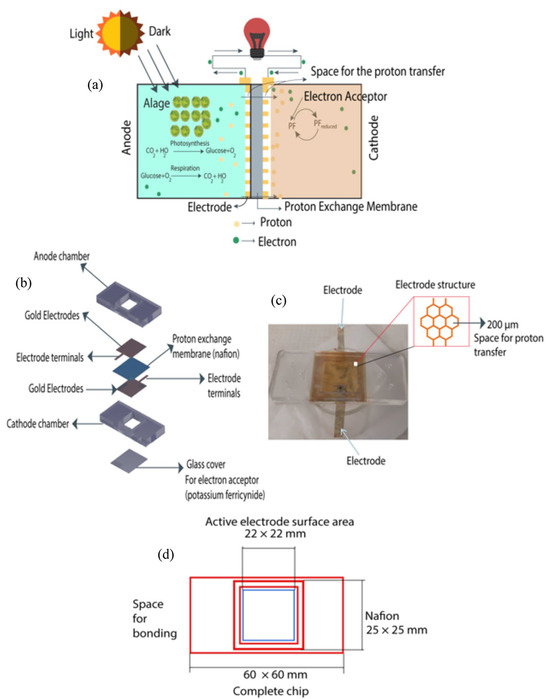2024-06-21 ロスアラモス国立研究所(LANL)
<関連情報>
- https://discover.lanl.gov/news/0620-blue-green-tides/
- https://pubs.acs.org/doi/10.1021/acsestwater.3c00369
物理的、化学的、生物学的データのAI統合によるシアノバクテリアの有害藻類ブルームの予測的理解に向けて Toward a Predictive Understanding of Cyanobacterial Harmful Algal Blooms through AI Integration of Physical, Chemical, and Biological Data
Babetta L. Marrone, Shounak Banerjee, Anjana Talapatra, C. Raul Gonzalez-Esquer, and Ghanshyam Pilania
ACS EST Water Published:November 30, 2023
DOI:https://doi.org/10.1021/acsestwater.3c00369
Abstract

Freshwater cyanobacterial harmful algal blooms (cyanoHABs) are a worldwide problem resulting in substantial economic losses, due to harm to drinking water supplies, commercial fishing, wildlife, property values, recreation, and tourism. Moreover, toxins produced from some cyanoHABs threaten human and animal health. Climate warming can affect the distribution of cyanoHABs, where rising temperatures facilitate more intense blooms and a greater distribution of cyanoHABs in inland freshwater. Nutrient runoff from adjacent watersheds is also a major driver of cyanoHAB formation. While some of the physicochemical factors behind cyanoHAB dynamics are known, there are still major gaps in our understanding of the conditions that trigger and sustain cyanoHABs over time. In this perspective, we suggest that sufficient data sets, as well as machine learning (ML) and artificial intelligence (AI) tools, are available to build a comprehensive model of cyanoHAB dynamics based on integrated environmental/climate, nutrient/water chemistry, and cyanoHAB microbiome and ‘omics data to identify key factors contributing to HAB formation, intensity, and toxicity. By taking a holistic approach to the analysis of all available data, including the rapidly growing number of biological data sets, we can provide the foundational knowledge needed to address the increasing threat of cyanoHABs to the security of our water resources.



